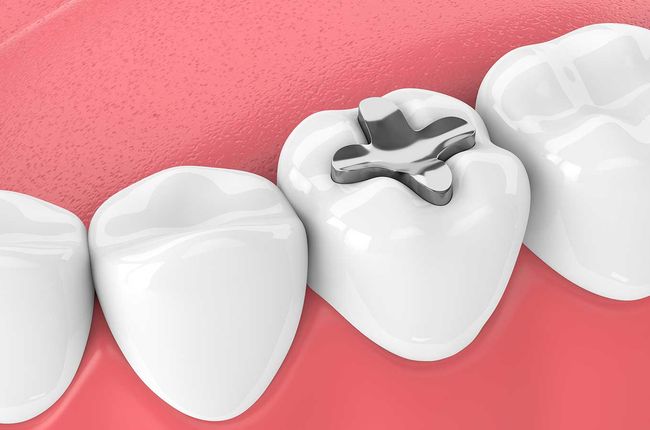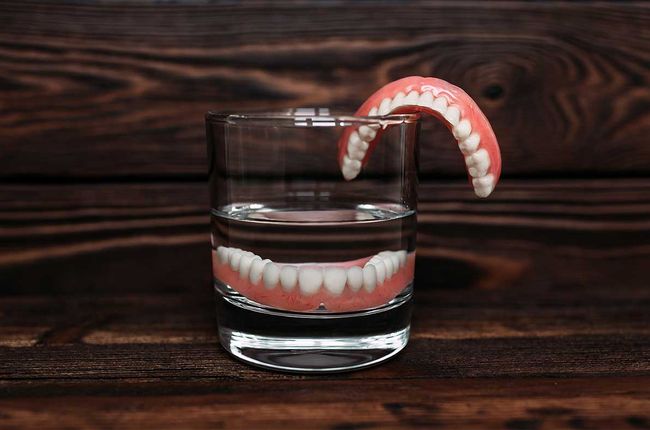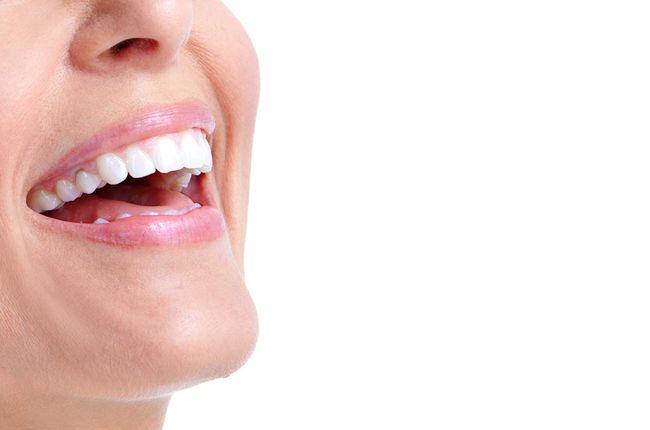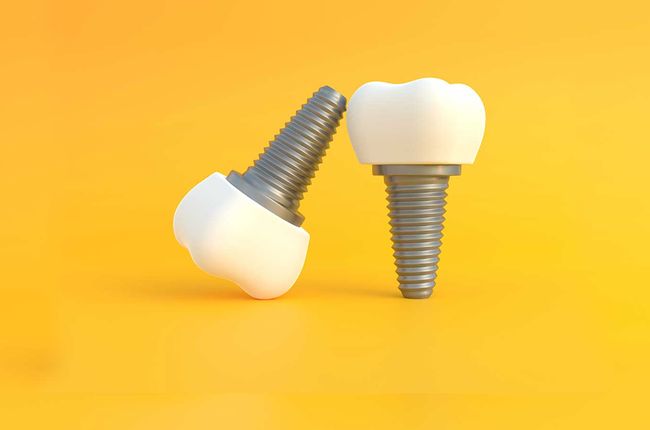Dental Technology
Dental technology encompasses designing, creating, and applying various tools, materials, and techniques used in dental care to improve diagnosis, treatment, and patient outcomes. It includes advanced imaging systems like digital X-rays and 3D scanners, CAD/CAM (computer-aided design and manufacturing) for creating precise dental restorations such as crowns and bridges, and innovative materials for fillings, implants, and prosthetics. The importance of dental technology lies in its ability to enhance accuracy, efficiency, and effectiveness in dental procedures, leading to better patient care, shorter treatment times, more durable and aesthetically pleasing results, and overall improved oral health. It also allows for minimally invasive procedures and advances preventive dentistry and patient education.
The Advantages of Dental Technology
Improved Diagnostic Capabilities
Advanced imaging techniques such as CBCT scans and digital radiography provide detailed, three-dimensional views of oral structures, allowing dentists in Colorado Springs, CO, to detect dental issues early and with greater accuracy. This leads to more precise diagnoses and tailored treatment plans.
Enhanced Treatment Planning
Technologies like intraoral scanners and digital impressions enable dentists to create virtual models of teeth and gums, facilitating precise treatment planning for restorations, orthodontics, and implants. This improves the fit and longevity of dental prosthetics. Contact us today!
Increased Patient Comfort
Digital technologies, such as laser dentistry and computer-guided anesthesia delivery systems, enhance patient comfort during procedures by reducing pain, swelling, and recovery time. This improves overall patient experience and satisfaction.
Efficiency and Time Savings
Digital workflows streamline impression-taking, restoration fabrication, and treatment communication between dental professionals and laboratories. This reduces appointment times, minimizes treatment delays, and improves workflow efficiency.
Cone Beam Computed Tomography (CBCT) Scan
Cone Beam Computed Tomography (CBCT) scan is an advanced imaging technology used in dentistry to generate detailed three-dimensional images of the teeth, jawbone, and surrounding structures. Unlike traditional dental X-rays, CBCT provides comprehensive views from multiple angles, offering dentists precise insights into bone density, tooth orientation, nerve pathways, and soft tissue anatomy. This non-invasive diagnostic tool is invaluable for treatment planning in dental implants, endodontics, orthodontics, and oral surgeries, allowing for more accurate assessments and personalized patient care while minimizing radiation exposure compared to medical CT scans. This technology is invaluable for:
- Implant Planning: CBCT scans enable precise assessment of bone density, volume, and quality, which is essential for planning dental implant placements. Dentists can identify the optimal position and angle for implants, minimizing surgical risks and enhancing long-term success.
- Endodontic Evaluation: CBCT scans aid in diagnosing complex root canal anatomy, detecting fractures, and assessing the extent of infections within the tooth structure. This improves treatment accuracy and ensures thorough root canal therapy.
- Orthodontic Treatment: Orthodontists use CBCT scans to analyze skeletal relationships, tooth alignment, and airway dimensions. This comprehensive evaluation guides personalized orthodontic treatment plans, enhancing outcomes for patients undergoing braces or aligner therapy.
Panoramic Imaging (Pano)
Panoramic imaging provides a broad overview of the entire mouth in a single image. This technology captures a flat, two-dimensional view of the teeth, jaws, sinuses, and surrounding structures. Panoramic imaging is beneficial for:
- Complete Mouth Evaluation: Dentists use panoramic images to assess the overall dental health, identify abnormalities, and detect conditions such as impacted teeth, cysts, or tumors that may not be visible in intraoral examinations.
- Surgical Planning: Oral surgeons rely on panoramic imaging to plan procedures such as wisdom teeth extraction, jaw surgeries, and implant placements. It provides a comprehensive view of the oral and maxillofacial region, aiding in precise surgical navigation.
- Temporomandibular Joint (TMJ) Assessment: Panoramic images help evaluate the TMJ and surrounding structures for signs of arthritis, fractures, or other abnormalities. This aids in diagnosing TMJ disorders and planning appropriate treatment interventions.
Digital Scanning (No Impressions)
Digital scanning technology in Colorado Springs, CO, has revolutionized obtaining dental impressions, replacing traditional putty-like materials with digital scanners that capture detailed 3D images of the teeth and soft tissues. This non-invasive, comfortable method offers several advantages:
- Accurate Restorations: Digital scans provide precise measurements and digital impressions for fabricating crowns, bridges, and veneers. This eliminates messy impressions and ensures a perfect fit for restorative dental work.
- Efficient Workflow: Dentists can streamline treatment planning and communication with dental laboratories by instantly transferring digital impressions. This reduces turnaround times for restorations and enhances patient convenience.
- Intraoral Scanning: Intraoral scanners capture real-time images of the patient's mouth, allowing dentists to monitor treatment progress, evaluate occlusion, and make adjustments during orthodontic treatments or oral surgeries.
3D Printing
3D printing technology has revolutionized dentistry by enabling the fabrication of custom dental appliances, prosthetics, and surgical guides with unparalleled precision and efficiency. Key applications include:
- Custom Prosthetics: 3D printing allows for the creation of precise dental crowns, bridges, dentures, and aligners tailored to each patient's unique oral anatomy. This personalized approach ensures optimal comfort and aesthetics.
- Surgical Guides: Dentists use 3D-printed surgical guides to plan and execute complex procedures such as implant placements and bone grafting surgeries with exceptional accuracy. These guides enhance surgical outcomes and minimize risks.
- Orthodontic Aligners: Orthodontists utilize 3D printing to fabricate clear aligners for orthodontic treatments such as Invisalign. Customized aligners gradually move teeth into proper alignment, offering patients a discreet and comfortable alternative to traditional braces.
Advanced dental technology continues redefining dentistry standards, offering unprecedented precision, efficiency, and patient comfort. Visit Pollary Family Dentistry at 6165 Lehman Dr #104, Colorado Springs, CO 80918, or call (719) 591-0750 to explore how these technologies can benefit your dental health journey.
Office Hours
MON - FRI 8:00 am - 5:00 pm
SAT - SUN Closed












